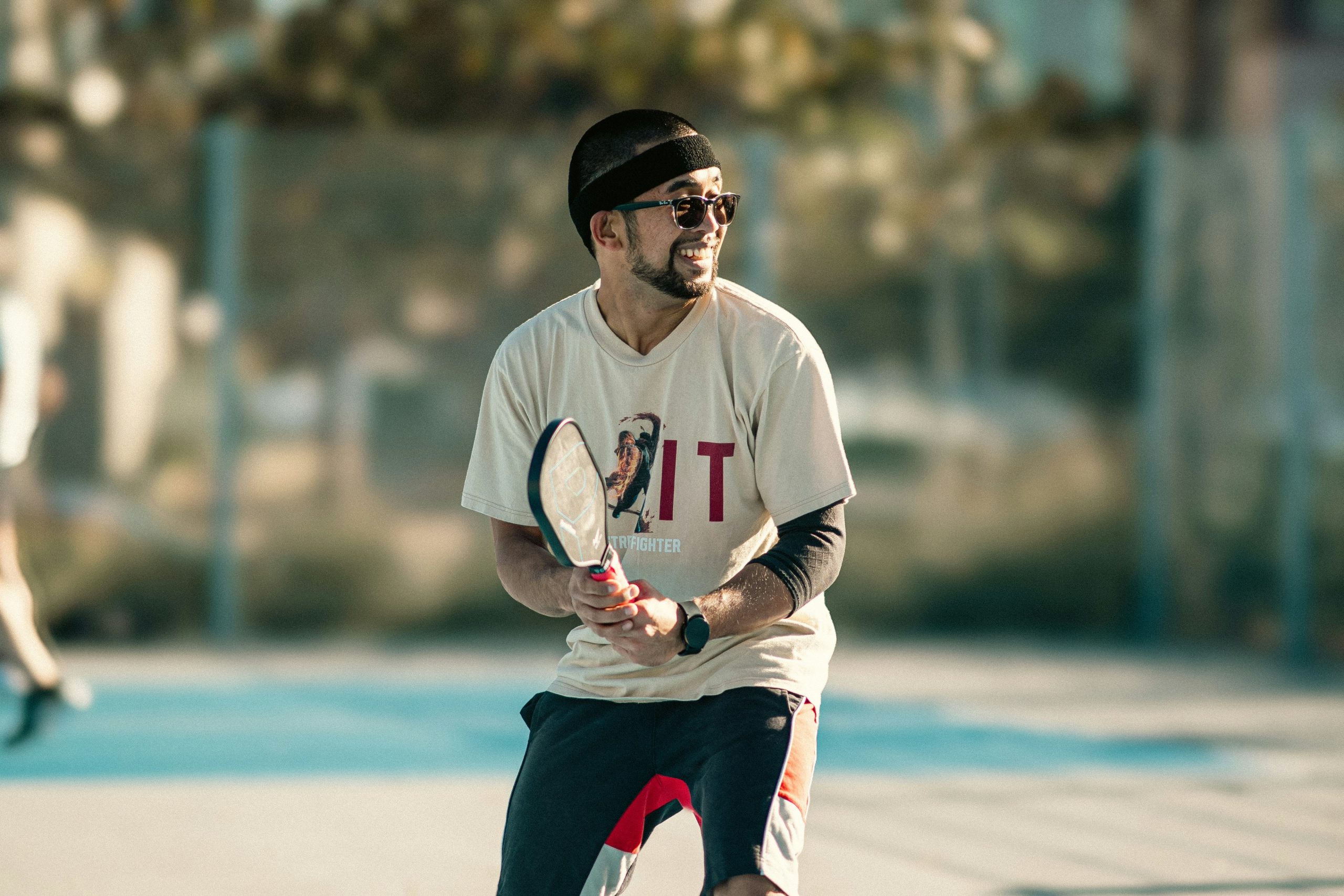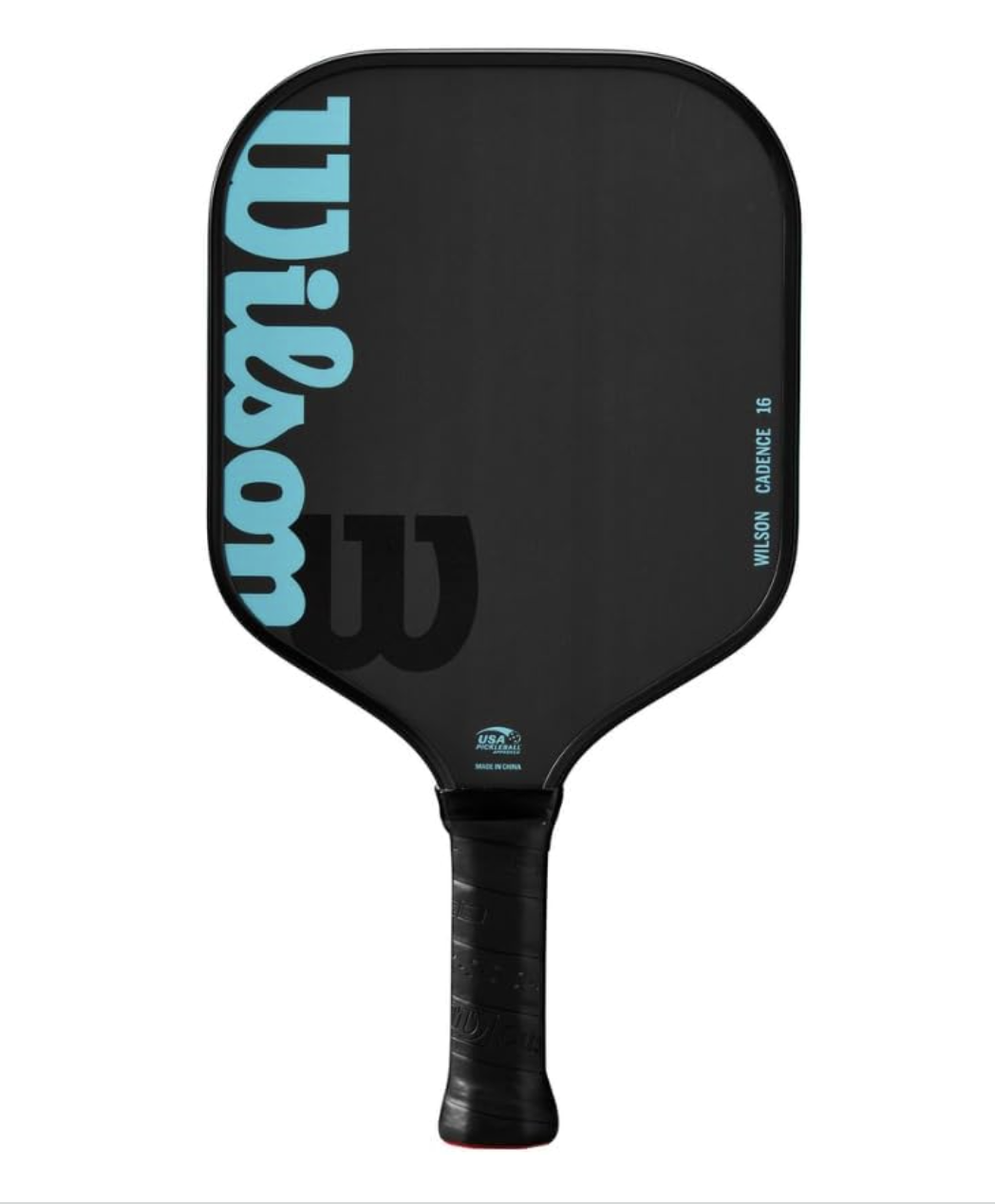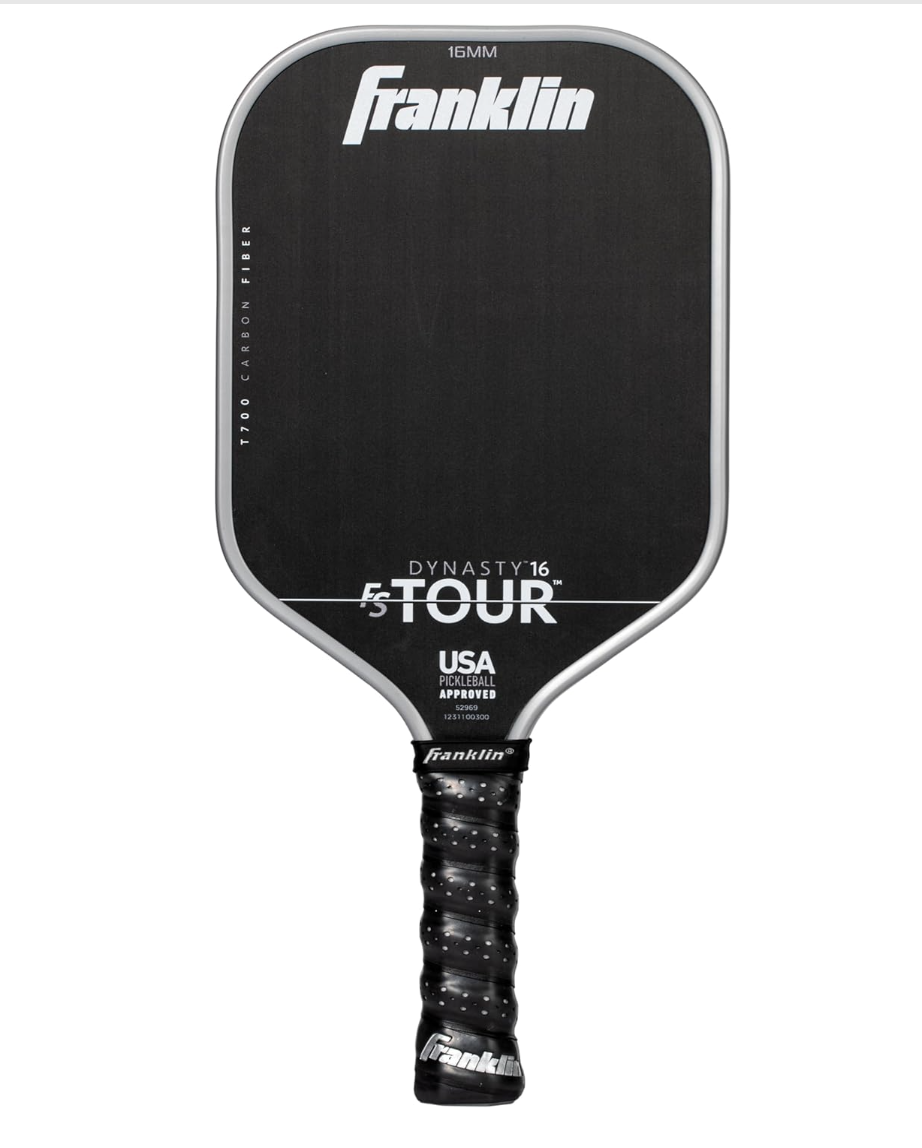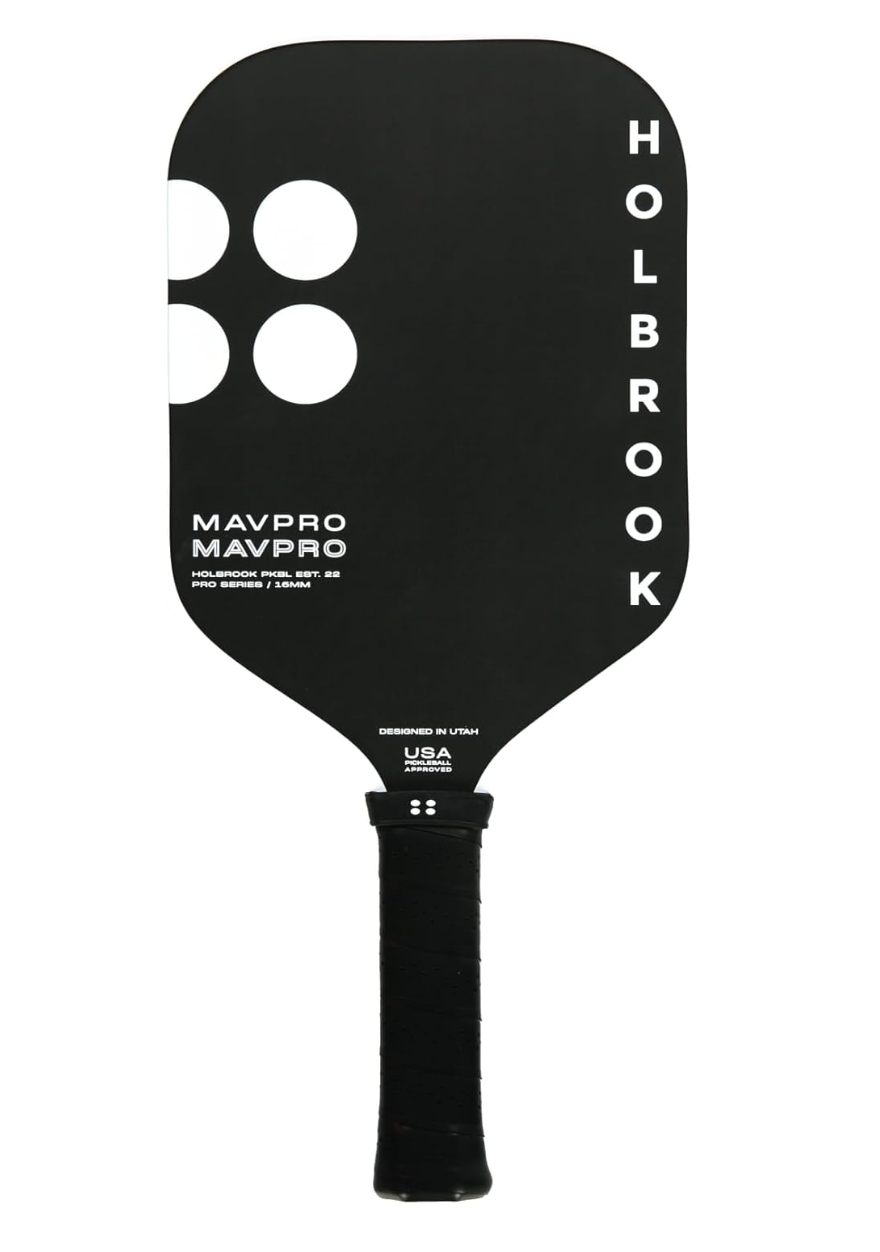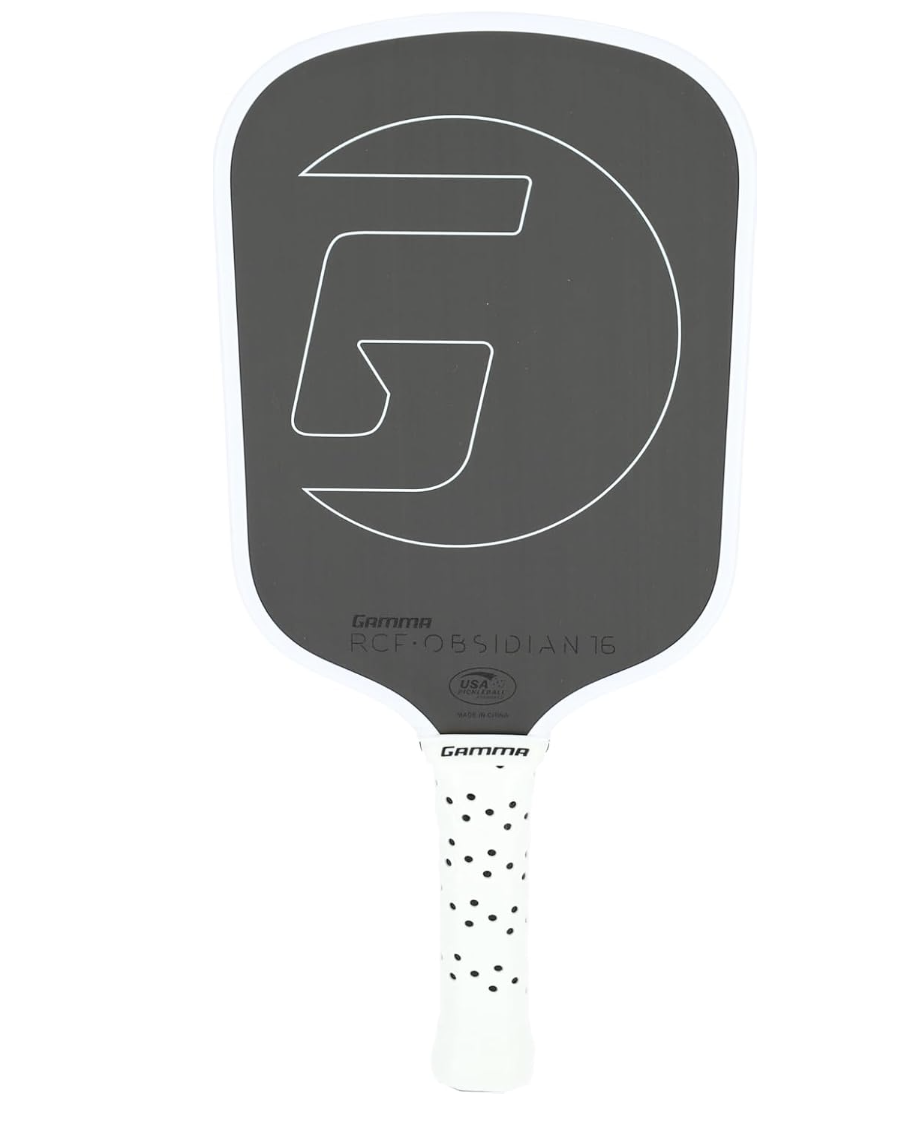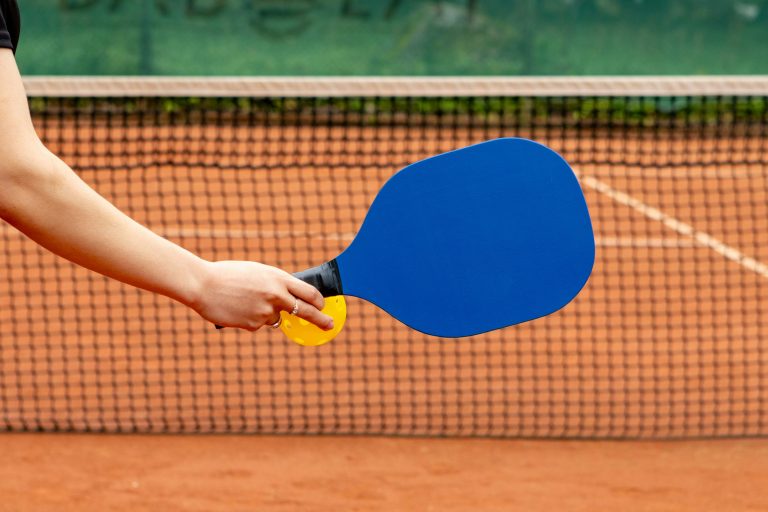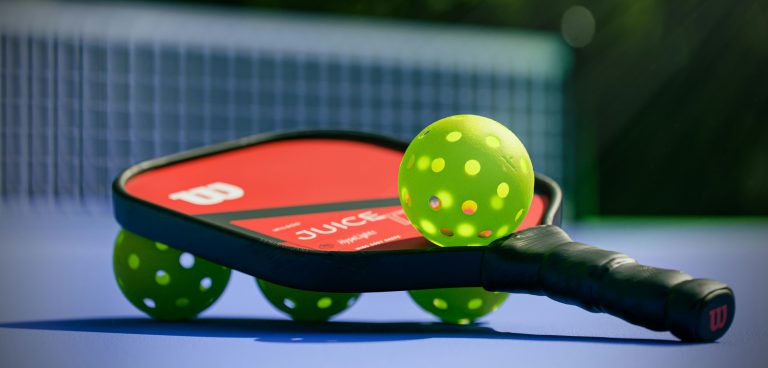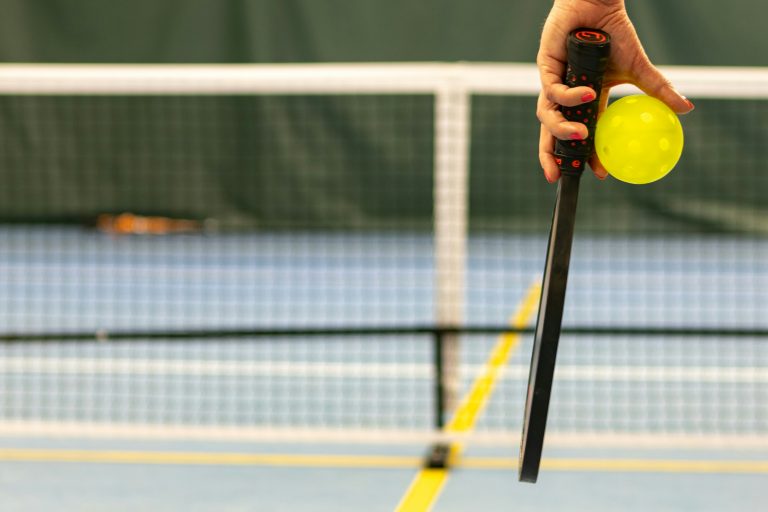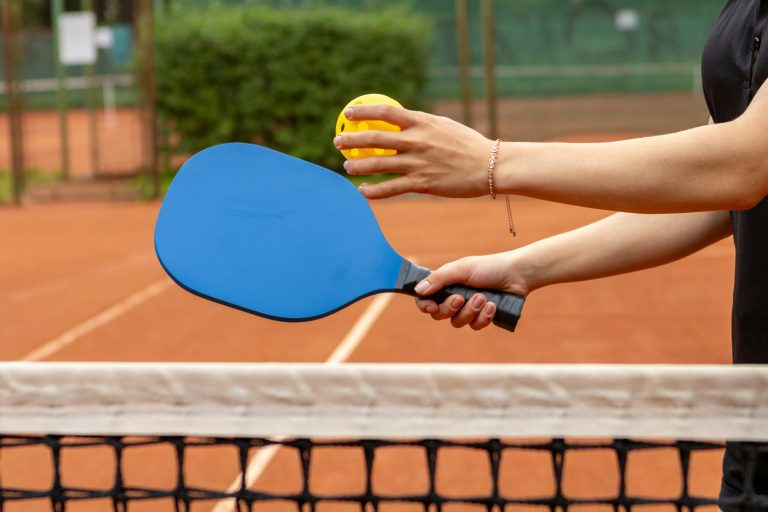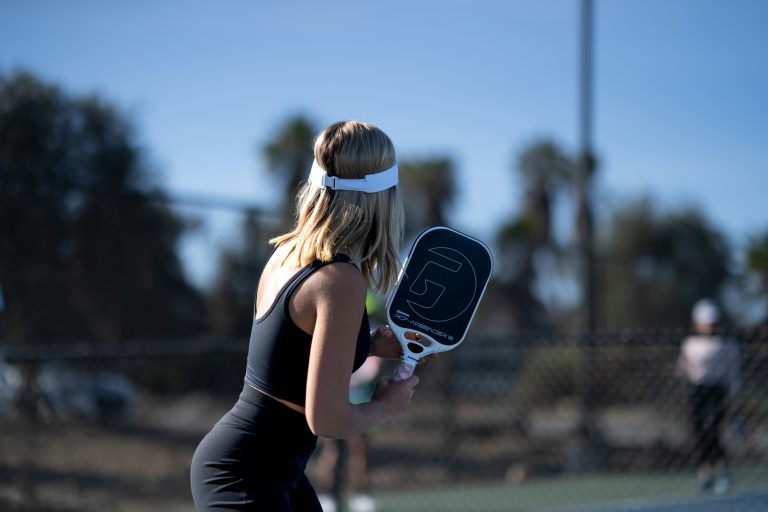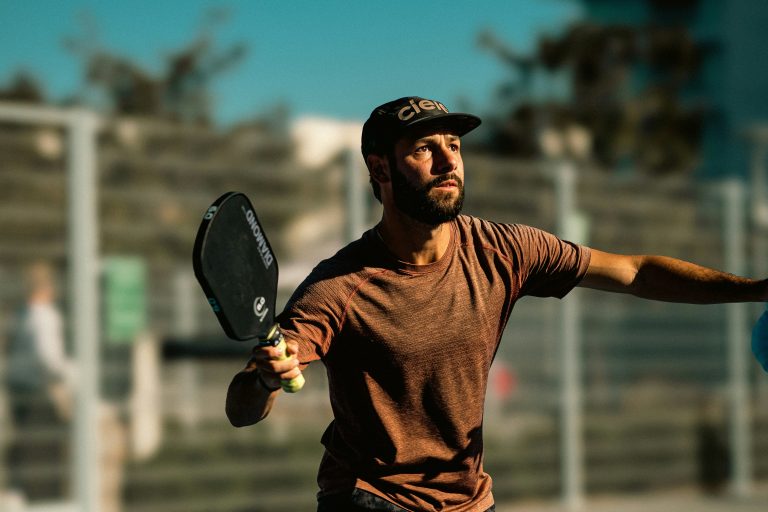Best 16mm Pickleball Paddles — Plush Control and Stability
Updated September 2025
Spend enough time around the courts and you’ll notice a pattern. The players who look unbothered in kitchen battles, calmly absorbing speed ups and resetting points, usually have one thing in common: a thicker paddle, usually, 16mm.
If 13mm builds are the caffeinated speed demons and 14mm is the all around balanced ‘ol faithful, 16mm is the laid back specialist. These paddles trade raw pop for a plush feel on contact, a noticeably larger sweet spot, and an uncanny ability to settle the ball down. That combination makes them a favorite in doubles, where stability often wins more points than sheer firepower.
However, not every 16mm paddle plays the same. Some sneak in extra pop through raw carbon faces. Others lean fully into control, catering to dink-first players. This guide cuts through the noise and shows you which models in 2025 are actually worth your time.
Who Should Pick Up a 16mm Paddle
Not every player benefits equally from a thicker core. Here’s who stands to gain the most:
- Doubles players who prioritize resets, blocks, and kitchen control.
- Control first players who want stability on mishits and a predictable launch angle.
- Seniors or anyone with arm sensitivity, since the thicker core softens vibration.
- Intermediate players moving beyond budget fiberglass paddles and craving consistency.
If you’re a singles baseliner hunting power, you’ll probably find 16mm too muted. But if you’ve ever thought “my drops sail too far” or “my paddle feels twitchy on blocks,” this category is built for you.
What to Look For in a 16mm Paddle
Not all 16mm paddles deliver the same experience. Here’s what matters most:
- Face material: Raw carbon dominates in 2025, giving you spin to complement control. Graphite still shows up in classics like the Tempest Wave Pro for that softer feel.
- Swingweight: A paddle can be 16mm thick but still feel light if balanced well. Look for numbers in the mid-110s if you want quick hands, higher if you prefer rock-solid stability.
- Handle length: Most thicker paddles hover around 5.25” handles, but elongated builds can give singles players more reach.
- Twistweight: The unsung hero. Higher twistweight means less torque on mishits, which is what makes 16mm builds shine in fast hands battles.
What 16mm Actually Changes on Court
Think of 16mm paddles as shock absorbers. The extra millimeters of polymer honeycomb trap more energy from the ball before it travels into your hand. This means:
- A quieter feel on contact. Shots feel muted compared to the sharp “crack” of a 13mm paddle.
- Better stability on blocks. Mishits don’t twist the paddle as much, making defense easier.
- More control over launch angle. Dinks and drops stay lower and more predictable.
- Slightly less free power. You’ll need to generate more of your own pace, but you gain precision in return.
Combine this with face materials (carbon for spin, fiberglass for liveliness, graphite for classic touch) and you start to see why not all 16mm paddles play the same.
Best 16mm Pickleball Paddles of 2025
Here are five standouts that prove thicker doesn’t mean boring. Each one brings a different flavor of stability, forgiveness, and feel.

JOOLA Perseus Pro IV 16mm
- Why It’s Here: The Perseus is JOOLA’s statement paddle for 2025. Built with their raw carbon surface and refined thermoforming, it offers spin levels most rec players never thought possible. The 16mm version tones down the harshness, making it more forgiving for longer sessions without giving up the pro level bite.
- Specs:
- Thickness: 16mm
- Weight: 7.8–8.0 oz
- Face: Raw carbon
- Handle: 5.25”
Wilson Cadence 16
- Why It’s Here: Wilson might not be the first brand that comes to mind for pickleball, but the Cadence 16 is proof they can hang. It combines a softer 16mm core with a wide sweet spot, making it friendly for rec play and surprisingly solid for intermediate competition.
- Specs:
- Thickness: 16mm
- Weight: ~7.9 oz
- Face: Carbon composite
- Handle: 5.25”
Franklin FS Tour Dynasty
- Why It’s Here: Franklin’s pro line has always leaned toward the offensive side, but the Dynasty 16mm balances things out with a plush feel. It still delivers respectable spin, but the bigger story is its stability in hand battles and resets. It’s ideal for Intermediate players looking for a budget friendly thick paddle that doesn’t skimp on forgiveness.
- Specs:
- Thickness: 16mm
- Weight: 7.7–8.0 oz
- Face: Carbon fiber
- Handle: 5.3”
Holbrook Mav Pro 2.0
- Why It’s Here: Holbrook has gained traction with players who want alternatives to the big three brands. The Mav Pro 2.0 has a textured carbon face and reliable stability, making it a favorite among those who want to slow the game down while still pressuring with spin.
- Specs:
- Thickness: 16mm
- Weight: ~7.9 oz
- Face: Raw carbon
- Handle: 5.25”
Gamma Obsidian
- Why It’s Here: Gamma is better known for its entry paddles, but the Obsidian is a serious control tool. With its 16mm build and textured carbon face, it dampens vibration better than most in its class. It’s not the flashiest paddle, but it’s the kind you trust when rallies get long.
- Specs:
- Thickness: 16mm
- Weight: 7.8 oz
- Face: Textured carbon fiber
- Handle: 5.0”
16mm vs 13mm vs 14mm: Where It Fits
If you are coming from a 13mm paddle, you’ll immediately notice less pop but way more forgiveness. Drops stop flying long and resets land more consistently. Compared to 14mm, the difference is smaller but still noticeable, 16mm paddles feel slower in hand but add a touch more comfort and calmness in kitchen play.
Singles players often stick with thinner builds for pace, while doubles players lean thick for control. If you play both, you might even rotate between them depending on format. (We covered this balance in our 14mm paddle guide, where you can see why the middle ground has its own fan club.)
Common Myths About Thick Paddles
- “Thicker means heavier.” Not true. Many 16mm paddles come in midweight builds under 8 oz.
- “You can’t hit hard with 16mm.” Also false. With proper mechanics, you can still rip drives; it just requires more of your own swing speed.
- “They are only for seniors.” Wrong again. Plenty of pros and competitive rec players use 16mm cores for the consistency advantage.
Care Tips to Extend Paddle Life
A good paddle should last at least a year of regular play, but 16mm builds still need care. Here’s how to get more life out of them:
- Use a paddle cover. Options like the Selkirk SLK Paddle Cover or JOOLA Neoprene Cover prevent scratches and UV wear.
- Clean with microfiber cloths. Wipe sweat and grit off after play, something as cheap as MagicFiber Microfiber Cloths works great.
- Rotate grips often. Replace with Gamma Supreme Overgrips or Tourna Grip XL to keep the handle dry and stable.
Avoid extreme heat. Leaving it in your car trunk on a summer day is one of the fastest ways to ruin a paddle face.
Wrapping It Up
If you want a calmer, more forgiving game, 16mm paddles deliver. They are built for players who love control, stability, and long rallies rather than highlight reel winners. From JOOLA’s pro level Perseus to Gamma’s underrated Obsidian, there’s a thick paddle for nearly every style and budget.
And if you’re still unsure, remember this: a 14mm paddle will give you a taste of balance, but a 16mm will show you what patience and control really feel like.
FAQ: Best 16mm Pickleball Paddles
Do 16mm paddles reduce vibration?
Yes, the thicker core absorbs more shock, which reduces the sting on off-center hits. They are often recommended for players with tennis elbow.
Are 16mm paddles only for doubles?
Not exclusively. They shine in doubles because of the control advantage, but many singles players who prefer consistency also use them.
Which 16mm paddle is best for spin?
Models like the JOOLA Perseus Pro IV and CRBN series are spin leaders. Among this list, the Perseus has the most reliable bite.
Are 16mm paddles beginner friendly?
They can be. The stability helps new players keep balls in play, but beginners who crave more free power may enjoy thinner builds first.
Do thicker paddles last longer?
Not necessarily. Longevity depends more on build quality than core thickness. Solid-core brands like Gearbox tend to outlast both
What’s the downside of 16mm?
They feel slower in hand and don’t give as much trampoline pop. For aggressive singles play, that can be limiting.
Do pros use 16mm paddles?
Yes, plenty of pros use 16mm, especially in doubles. JOOLA and Selkirk both sponsor pros with thicker builds.
Is 16mm the thickest available?
Some paddles go up to 19mm or more, but 16mm is the common top end for mainstream models.

